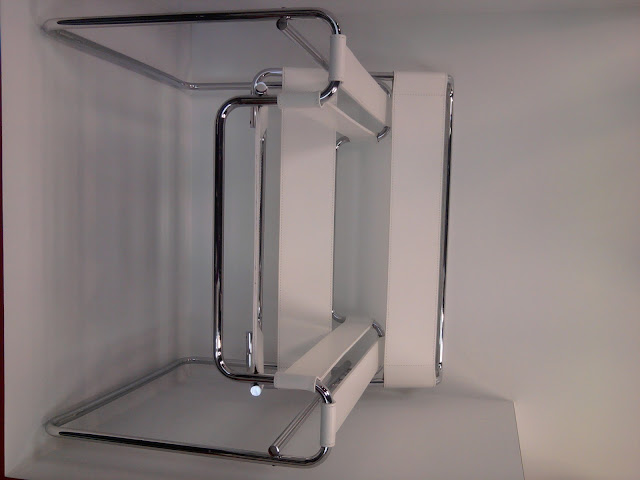The Sutton Initiative for Design Education is a library of 40 iconic chairs, donated to Salem College by Charles Sutton and family. Each chair is unique in its design, use of materials and technology, and creativity. I am forever grateful to Carol Strohecker , Director of the Center for Design Innovation for introducing me to the SIDE library and Brian Peck for conducting the tour and sharing his immense knowledge of the chairs. As an intern with CDI I'm exploring cutting edge technology [software and 3D printers] and will soon integrate both in the design process of my very own chair.
"Gauging the growth of technology in history and design can be realized through the complexity of the CHAIR. " Cassandra Brunson
"Gauging the growth of technology in history and design can be realized through the complexity of the CHAIR. " Cassandra Brunson
studio 65
Marilyn, 1970
Grand Confort
Le Corbusier, Pierre Jeanneret & Charlotte Perriand
1928
The Hill House
Charles Rennie Mackintosh, 1903
Wassily
Marcel Breuer, 1925-27
Arm Chair
Gerald Summers, 1933-34
Bibendum
Eileen Gray, 1917-21
Barcelona
Ludwig Mies van der Rohe, 1929
Egg
Arne Jacobsen, 1957-58
Womb Chair
Eero Saarinen, 1947-48
Barrel
Frank Lloyd Wright, 1937
Cherner
Paul Goldman, 1957
Wiggle
Frank O. Gehry, 1972
laminated cardboard
Model No.670 & 671 [lounge chair & ottoman]
Charles and Ray Eames, 1956
Klismos
Jean-Jacques Lequeu, 1786
Zig-Zag Chair
Gerrit Rietveld, 1932-34
Masters
Phillippe Starck, 2009
With lively sinuous lines, the Masters chair combines the outlines of three of the most famous chairs in modern design. Arne Jacobsen’s Series 7 Chair, Eero Saarinen’s Tulip Armchair, and Charles Eames’ Eiffel Chair.



























